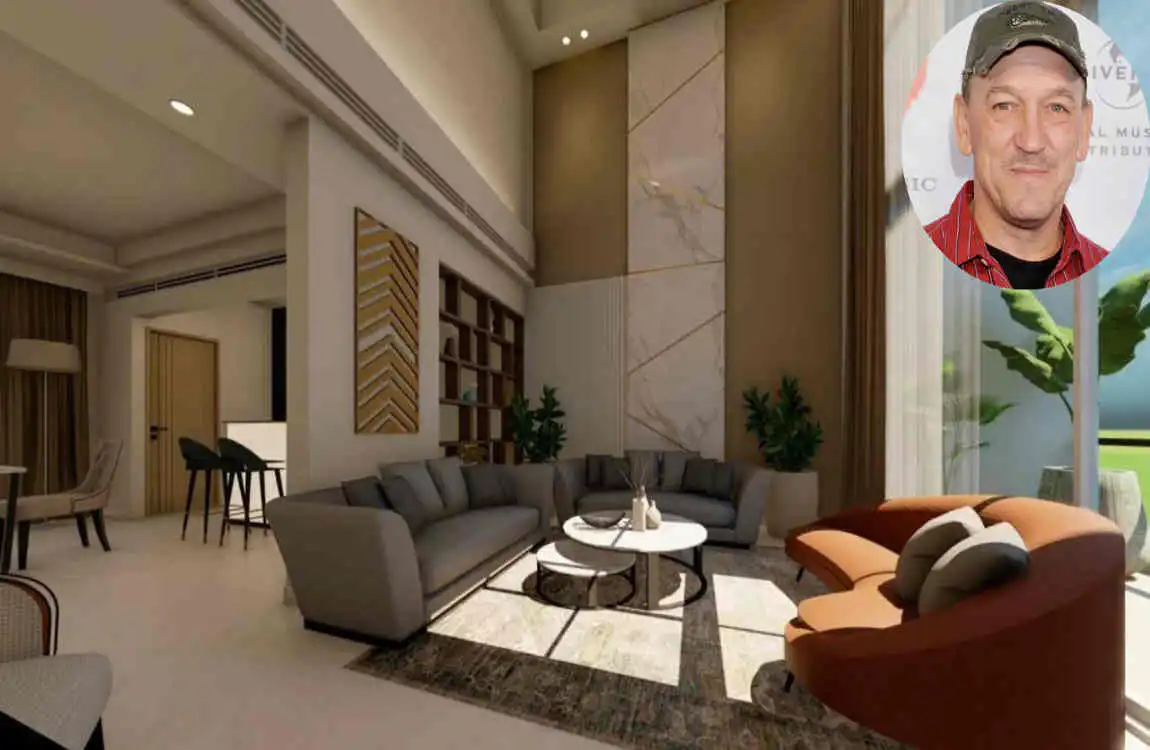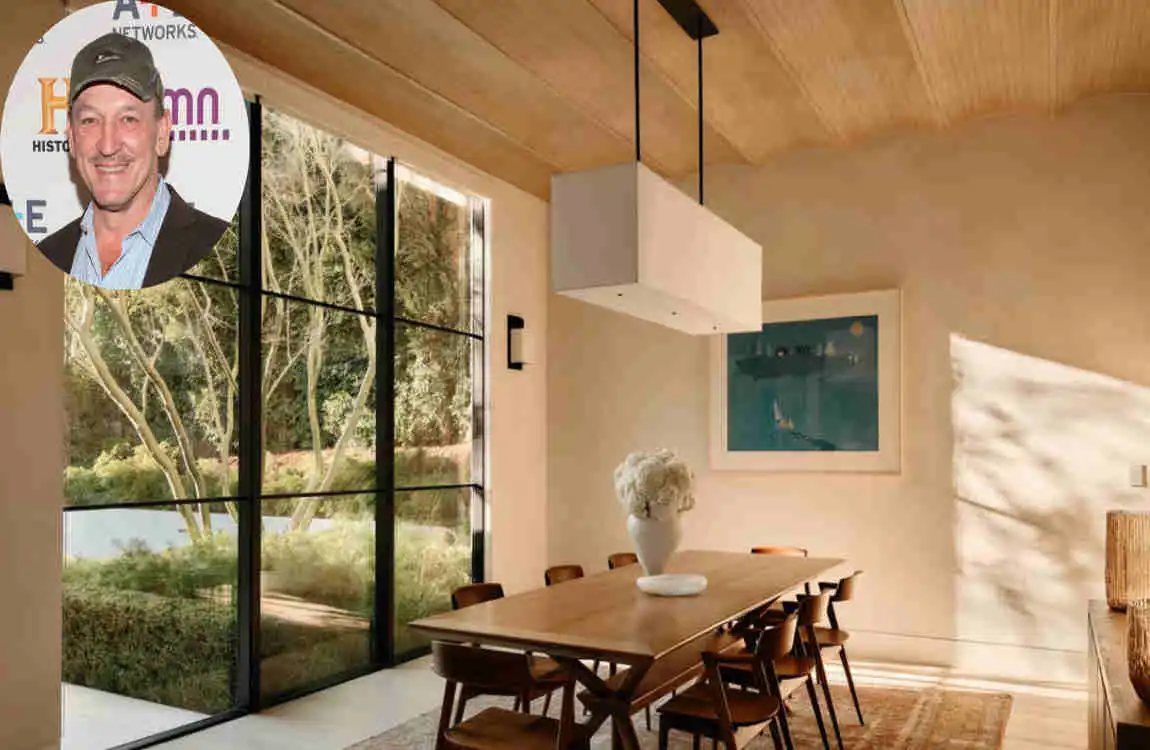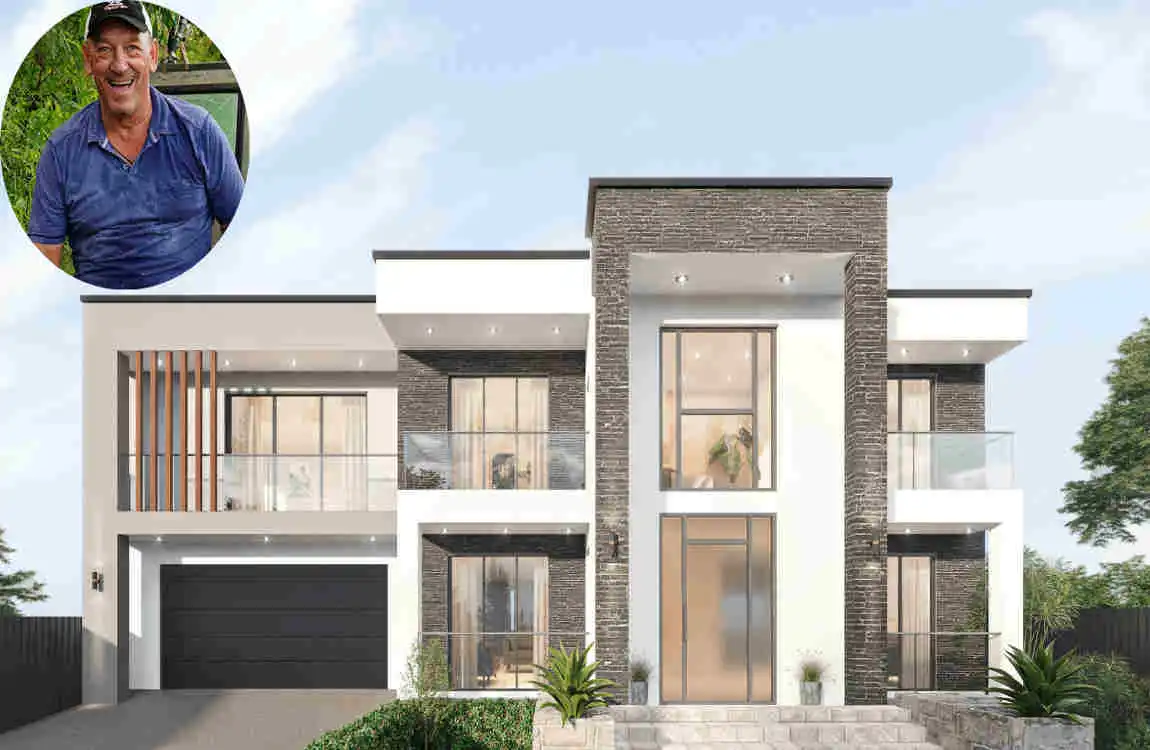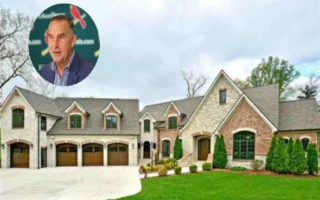Troy Landry, the King of the Swamp, is a household name for anyone who has tuned into the popular TV show Swamp People. His life revolves around the mysterious and beautiful Louisiana bayou, and his modern home is a direct reflection of the rich Cajun lifestyle he holds dear. But what exactly does Troy Landry’s house look like? What stories does it tell about his heritage, his family, and his connection to the swamp?
| Attribute | Details |
|---|---|
| Full Name | Troy Landry |
| Nickname | King of the Swamp |
| Date of Birth | June 9, 1960 |
| Place of Birth | Pierre Part, Louisiana, USA |
| Current Residence | Pierre Part, Louisiana, USA |
| Residence Details | Traditional Southern style home, ~3,500 sq ft, on ~20 acres, built mainly of cypress |
| Spouse | Bernita Landry (high school sweetheart) |
| Children | Jacob Landry, Chase Landry, Brandon Hotard |
| Profession | Alligator hunter, reality TV star, businessman |
| Estimated Net Worth | Around $2 million |
| Notable Residence Features | Elevated house to avoid flooding, custom Ford F-250 truck with “Swamp People” decals |
| Ethnicity | Caucasian (Cajun descent) |
| Height | 5’7″ (170 cm) |
| Weight | 195 lbs (88 kg) |
| Hair Color | Light brown |
| Eye Color | Brown |
Whether you’re a fan of the outdoors or a cultural explorer, this deep dive promises to give you a unique perspective on Cajun life.
Who is Troy Landry?

To understand the significance of Troy Landry’s house, we first need to understand the man behind the home. Troy Landry is not just a TV personality; he’s a symbol of resilience and the authentic Cajun way of life.
His Roots and Family Heritage
Born and raised in Pierre Part, Louisiana, Troy comes from a long line of Cajun hunters and fishermen. His family has lived off the land for generations, relying on the bayou for their livelihood. This deep connection to nature and tradition is evident not only in his lifestyle but also in the way his house is designed and maintained.
Rise to Fame
Troy became a household name through “Swamp People,” a History Channel series that documents the lives of alligator hunters in Louisiana. His charismatic personality, unmatched hunting skills, and dedication to his roots have made him a fan favorite. Yet, despite his fame, he remains grounded, living a life deeply intertwined with the traditions of his ancestors.
Troy’s Connection to Cajun Culture
Troy’s life reflects the essence of Cajun culture—family, faith, food, and a deep respect for nature. His house, as we’ll explore in this article, serves as a physical embodiment of these values.
Location & Setting of Troy Landry’s House
The Heart of Cajun Country
| Specification | Details |
|---|---|
| Address | Mike St, Pierre Part, LA 70339 |
| Price | $265,800 |
| Size | 1,860 sq. ft. |
| Bedrooms | 3 |
| Bathrooms | 3 |
| Primary Construction | Cypress wood (no sheetrock), tongue-and-groove pine ceiling |
| Architectural Style | Rustic, traditional Louisiana swamp style |
| Notable Features | Large windows, natural stone fireplaces, two kitchens (indoor and outdoor), massive 600 sq. ft. chef’s kitchen |
| Interior Design | Wood paneling, exposed beams, deer and alligator mounts, stained concrete floors in kitchen |
| Outdoor Features | Large porch, garage for boats/trucks, several acres of land along Pierre Part Bayou |
| Unique Rooms/Features | Custom-built cooler room for gator and fish storage, large cypress dining table seating 20 |
| Historical Background | Built after 30 years of savings and collecting cypress; family lived in trailer previously |
| Cultural Connection | Embodies Cajun heritage, swamp living lifestyle |
Troy Landry’s house is situated in the heart of Louisiana’s bayou, a region renowned for its distinctive ecosystem and vibrant culture. Located in Pierre Part, his home is surrounded by waterways, swamps, and dense vegetation, offering a serene and authentic Cajun backdrop.
The Louisiana Bayou’s Role in Cajun Life
The bayou isn’t just a geographical feature; it’s a way of life for the Cajun community. It provides food, transportation, and a connection to nature that’s hard to find elsewhere. For Troy, the bayou is both a workplace and a sanctuary, and his house is designed to harmonize with this environment.
A Home in Harmony with Nature
From the outside, Troy Landry’s house seems to blend seamlessly with its surroundings. Built on raised foundations to protect against flooding, the home strikes a balance between practicality and the rustic charm of a traditional Cajun cabin.
Architecture & Design of Troy Landry’s House

The house design of Troy Landry’s house is a masterpiece of simplicity, functionality, and cultural heritage. Every detail, from the materials used to the layout of the rooms, tells a story about life in the bayou.
Traditional Cajun Style
Cajun architecture is known for its practicality, and Troy’s house is no exception. Raised foundations protect against flooding during heavy rains or hurricanes, while wide porches provide shade during the hot summers in Louisiana.
Use of Natural Materials
The house is constructed using locally sourced wood, giving it a rustic, earthy feel. Exposed beams, wooden floors, and handcrafted furniture add to its traditional charm. This choice of materials not only reflects Troy’s connection to the land but also ensures the house is durable in the swampy environment.
Practical Adaptations for the Swamp
Living in the bayou comes with its own set of challenges, and Troy Landry’s house is designed to meet them. Large windows allow for natural ventilation, while screened porches keep insects at bay. The house is also equipped with storage spaces for hunting and fishing gear, ensuring that everything has its place.
Inside the House: A Tour of Every Room

Troy Landry’s house is more than just a building; it’s a home filled with memories, stories, and a deep sense of tradition. Let’s take a closer look at the key areas of his house.
The Living Room
The living room is the heart of Troy’s home. It’s where the family gathers after a long day on the bayou. The walls are adorned with hunting trophies, family photos, and Cajun artifacts, each telling a story about Troy’s life and heritage. Comfortable furniture and warm lighting create an inviting atmosphere, making it clear that this is a space for family and friends to gather.
The Kitchen
No Cajun home is complete without a well-equipped kitchen, and Troy’s is no exception. The kitchen is designed for cooking traditional Cajun dishes, featuring ample counter space, cast-iron pots, and utensils that have been passed down through generations. The smell of gumbo or crawfish étouffée often wafts through the air, a testament to the importance of food in Cajun culture.
The Bedrooms
The bedrooms in Troy Landry’s house are simple yet cozy. Decorated with personal touches, such as quilts and family heirlooms, these spaces reflect the importance of family in Cajun life. Each room tells a story, whether through a framed photo on the wall or a piece of furniture crafted by hand.
Porches and Outdoor Spaces
In Cajun culture, porches are more than just an architectural feature; they’re a way of life. Troy’s house boasts a spacious porch with views of the bayou, ideal for savoring a cup of coffee in the morning or sharing stories in the evening. Outdoor spaces also include areas for cleaning fish and game, showcasing the practical side of life in the swamp.
Cajun Traditions Evident in Troy Landry’s Home

Troy Landry’s home is a living museum of Cajun traditions. From the décor to the daily routines, every aspect of the house reflects the culture he holds dear.
Hunting and Fishing Gear
It’s no surprise that Troy’s stunning house is filled with hunting and fishing gear. From mounted alligator heads to fishing nets, these items serve both as functional tools and decorative pieces, highlighting the importance of these activities in Cajun life.
Symbols of Faith and Family
Faith and family are central to Cajun culture, and this is evident in Troy’s home. Religious symbols, family photos, and heirlooms are displayed prominently, serving as reminders of what truly matters in life.
Celebration of Community
Cajun culture is all about community, and Troy’s home is designed to welcome friends and neighbors. The large dining table, open living spaces, and outdoor seating areas make it clear that this is a house built for gatherings and celebrations.
How Troy Landry’s House Exemplifies the Cajun Bayou Lifestyle

Troy Landry’s house isn’t just a place to live; it’s a reflection of the Cajun way of life.
A Connection to Nature
Living in the bayou means being in tune with nature, and Troy’s house reflects this connection. From the use of natural materials to the integration of outdoor spaces, the house is a testament to sustainable living.
Simplicity and Functionality
Cajun homes are known for their practicality, and Troy’s modern house is no exception. Every feature, from the raised foundations to the screened porches, is designed with functionality in mind. Yet, this simplicity doesn’t come at the expense of comfort or charm.
What Visitors Can Learn From Troy Landry’s House

For those lucky enough to visit Troy Landry’s house, there’s much to learn about Cajun culture and the beauty of living in harmony with nature.
Lessons in Resilience
Troy’s home is a testament to the resilience of the Cajun people. Despite the challenges of living in the swamp, the house stands strong, embodying the resourcefulness and determination of its owner.
A Deeper Appreciation for Cajun Culture
From the architecture to the daily routines, every aspect of Troy’s home offers a glimpse into the rich history and traditions of the Cajun people. Visitors leave with a deeper understanding and respect for this unique way of life.
FAQ: Troy Landry’s House
Q: Where is Troy Landry’s house located?
A: Troy Landry’s house is located in Pierre Part, Louisiana, a small swamp town with a population of about 3,000. The house is situated along the Pierre Part Bayou, offering stunning views of the surrounding Louisiana wetlands .
Q: What are the features of Troy Landry’s house?
A: Troy Landry’s house is a 3,500-square-foot home built in a traditional Southern style. It includes:
- Four bedrooms and three bathrooms .
- A spacious family room filled with hunting trophies, reflecting his passion for alligator hunting .
- Two kitchens: one indoor and one outdoor, designed for varied purposes .
- A covered porch with picturesque views of the bayou .
- A private dock and a beautiful yard, perfect for enjoying the natural surroundings .
Q: What materials were used to build the house?
A: The house was constructed using cypress wood, which was pulled log-by-log from nearby swamps over a period of 30 years. Troy Landry described the construction as a “labor of love,” highlighting the effort and dedication that went into building the home .
Q: How much is Troy Landry’s house worth?
A: The house is estimated to be worth $265,800, though its unique location and custom design make it priceless in terms of sentimental and cultural value .
Q: What is the interior design of the house like?
A: The interior of Troy Landry’s house is decorated with:
- Vintage and antique mirrors in the bathrooms.
- Chenille bedspreads on the beds, adding a cozy and traditional touch .
- A family room filled with hunting trophies, showcasing his lifestyle and heritage .
Q: Who designed the house?
A: The house was designed with input from Troy Landry’s wife, Bernita Landry, who incorporated elements that reflect their family heritage and lifestyle .
Q: What makes Troy Landry’s house unique?
A: The house is unique because of its:
- Bayou location, offering breathtaking views and direct access to the water.
- Use of locally sourced cypress wood, which ties the home to the surrounding environment.
- Blend of traditional Southern style with personal touches that reflect the Landry family’s connection to the Louisiana swamps .
Where Does Troy Landry’s Currently Live?
Troy Landry currently lives in Pierre Part, Louisiana, where he has lived his entire life. He resides there in a traditional Southern-style home on nearly 20 acres of land, which includes direct access to waterways he uses for alligator hunting.
Troy Landry’s House Photos







